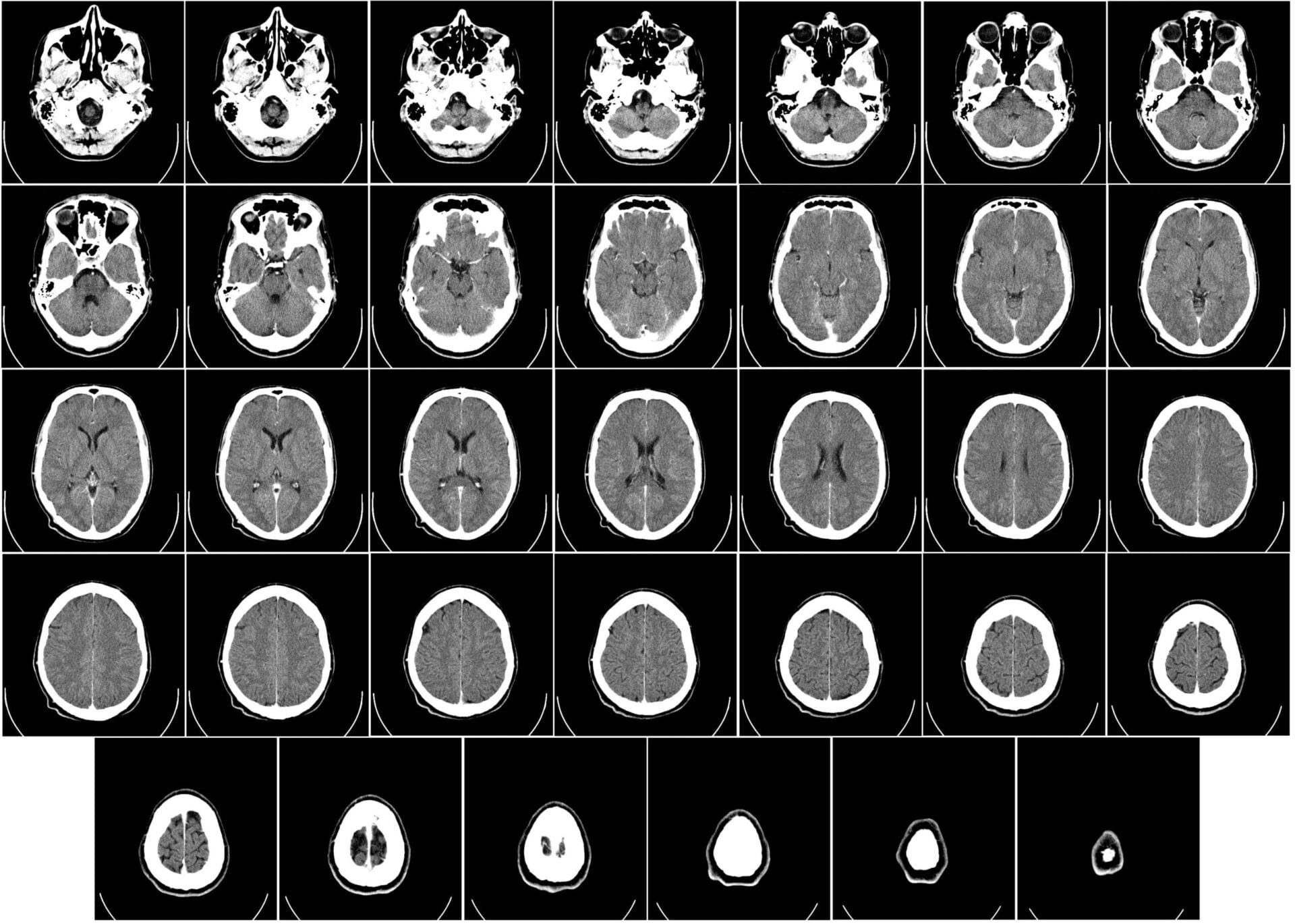Are humans still evolving?

For much of nature, natural selection and ‘survival of the fittest’ still play a dominant role; only the strongest can survive in the wild. As little as a few hundred years ago, the same was true for humans.
But what about now? This is part 3 in our miniseries looking at human evolution. Read part 1 and part 2 here.
Key terms
Evolution
The process by which organisms change and adapt by natural selection.
Species
A group of closely-related organisms that have common physical and genetic characteristics and are able to interbreed to produce fertile offspring.
- As humans, we experience dramatically fewer hazards today than we did in our early evolution. However, genetic studies indicate that we are still evolving.
- In this story, we look at how researchers investigate human evolution, through projects like HapMap and the 1000 Genomes Project.
Are humans still evolving?
Evolution relies on genetic variation between individuals of a population, causing variation in physical characteristics.
Some of these characteristics may give an individual an advantage over others. For example, they may be better at finding food, avoiding predators or resisting disease – all traits that make them more likely to survive the hazards of the environment, known as ‘selection pressures’.
Selection pressures force us to adapt to survive the environment we are in. They drive natural selection (you might have heard the phrase ‘survival of the fittest’) and are why we evolved into the species we are today.
Early in human evolution, our ancestors would have been exposed to many selection pressures. But nowadays, with the availability of better healthcare, food, heating and hygiene the number of hazards and pressures we experience in our lives has dramatically reduced.
The question is: will evolution stop altogether for humans? Has it stopped already? Genetic studies suggest that the answer is no – and that humans are still evolving.

Genetic studies suggest that humans are still evolving.
A catalogue of human genetic variation
Most of the catalogued human variation is characterised by single base changes, referred to as single nucleotide polymorphisms (SNPs, pronounced “snips”). The location and frequency of these changes enables us to provide a list of regions in the human genome where genetic variation is common.
Scientists can use this information to look for regions of the genome with less variation between individuals. Sometimes, less variation can pinpoint an essential area of the genome. Other times, this can help to identify genes that may have recently been involved in evolution – known as being ‘positively selected’ for by natural selection.
For example, most genes that have undergone recent evolution are associated with smell, reproduction, brain development, skin pigmentation and the way the immune system protects against pathogens.

Recent human evolution was linked to brain development, reproduction and the immune system.
Looking for genetic variants in genomic data
Genetic variants become common in a population if they confer a particular advantage – such as boosting the immune system or improving fitness. Individuals with the variant are more likely to survive and pass the variant onto future generations.
When this happens, a pattern or ‘signature’ can be found in the population’s genomes. This is because the variant typically doesn’t pass between generations on its own. It brings with it some nearby genetic ‘passengers’ – bits of DNA that are located on either side of the advantageous variant. As the advantageous gene and its associated signature become more common, it can influence other parts of the genome and even reduce overall genetic variation, standing out even further.
If scientists find this signature in lots of genomes in a population, it’s one of the first signs of natural selection – and that the individuals may all stem from a common ancestor and have inherited the same pattern of genetic variation.
Similarly, if the genomes of two populations are found to be very different, it could be a sign that selection has occurred in one population and not the other.
However, any of these patterns can turn up by chance, making it complicated to pin down true genetic variation linked to natural selection. There’s no perfect way to recognise where selection has occurred – but working in this way can give scientists a very strong hint.

There’s no perfect way to recognise where natural selection has occurred – but scientists can look at genomics information to get a very strong hint.
What are examples of recent human evolution?
Lactose tolerance
In most parts of the world, adults are unable to digest the lactose sugar in milk.
This is because the body switches off the intestinal production of lactase, an enzyme that digests the sugar. As these people can’t digest the lactose sugar without lactase, if they drink milk they can suffer symptoms like bloating, cramps, nausea and vomiting.
However, in some parts of the world, humans have evolved the ability to tolerate lactose – and now, more than 70% of European or European-descended adults can drink milk. This is because they carry a genetic variant in the region of DNA that controls the gene that codes for lactase, enabling lactase production to continue into adulthood.
This variation appears to have happened between 5,000 and 10,000 years ago – around the same time as the domestication of cows and other milk-producing farm animals in Europe.
Being able to drink milk at the time likely provided a strong evolutionary advantage, possibly because sun exposure was much lower in Europe and people were in greater need of the vitamin D found in cow’s milk. It may also have been because cow’s milk provided a cleaner, safer alternative to drinking dirty water, or because milk prevented starvation when food was scarce.

Thanks to evolution, more than 70% of European adults can now drink cow’s milk with no problems.
Infectious disease: the Caspase-12 gene
Today, one of the strongest evolutionary pressures comes from infectious diseases. People who can survive certain infections are more likely to pass on their genes to their offspring.
In some cases, a genetic advantage resulted from losing the full activity of a gene and a good recent example is the Caspase-12 gene, involved in the immune system’s response to bacterial infections.
Some people have fully functioning Caspase-12 genes, while others have totally inactive versions of the gene – and variations in between. People with a fully functional Caspase-12 gene are at much higher risk of fatal sepsis in response to a bacterial infection than people with lower or inactive versions of the gene.
In fact, people with two copies of the inactive gene are 8-times less likely to develop sepsis after an infection and 3-times more likely to survive if they do develop sepsis.

People who are able to survive infections are more likely to pass on their genes to their offspring.
Before improved hygiene and antibiotics, the ability to survive bacterial infection without severe sepsis would have been a strong selective force for the inactive gene. In one study, scientists from the Wellcome Sanger Institute found that the Caspase-12 gene had been gradually inactivated throughout human evolution.
But the study leaves us with a key question: if it is so helpful to have the inactive gene, why did our ancestors have an active form in the first place? Genes that provide an advantage against one disease may not provide an advantage when faced with another. It may be that in some parts of the world, carrying the active gene gives an equal advantage to carrying the inactive gene.

The Caspase-12 gene was gradually inactivated in the human population because the active gene can result in a poorer response to bacterial infection.
HIV susceptibility
HIV is a modern-day driving force for human evolution.
One study looked at people with HIV in South Africa, where 10-15% of the population are infected with the virus. The scientists found that some people were much better at clearing the HIV infection than others. These people typically had a certain combination of genetic variations in the HLA genes, which play important roles in the immune system.
Several studies have since shown that these genetic variants can provide a protective advantage against HIV, and that the genetic variants are becoming more common in the population. This is likely because mothers who are infected with HIV and have the protective genetic variants are more likely to survive infection and pass the protective variants onto their children.
Other studies have looked at the relatively low level of HIV in Western Europe, suggesting that this might be due to a genetic variant in the CCR5 gene. This variant hinders the virus’s ability to infect human cells and is found in around 13% of Western Europeans but is very rare in other populations around the world.
The origin of the protective CCR5 gene variant dates back thousands of years, well before the AIDS epidemic of the late 1970s. This suggests the variant might have been selected for because it protects against other viral infections.